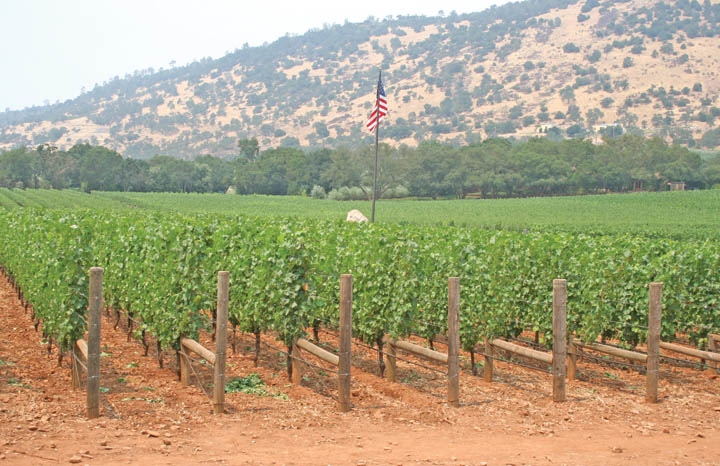
Outlook for 2010 wine grapes and raisins
California’s grape segments are economically divided with raisin production finally reaching equilibrium with demand.On the other hand, low price wines continue to be the focal point of wine sales and premium wines continuing to falter, directly impacting wine grape prices.
November 30, 2010

(This outlook report was presented at the recent 29th annual Agribusiness Management Conference in Fresno, Calif., sponsored by the Center for Agricultural Business, California Agricultural Technology Institute and the Jordan College of Agricultural Sciences and Technology at California State University Fresno)
California’s grape segments are economically divided with raisin production finally reaching equilibrium with demand.
On the other hand, low price wines continue to be the focal point of wine sales and premium wines continuing to falter, directly impacting wine grape prices.
The 2010 world supply of dried grapes will rebound after a tight 2009 supply situation. Record shipments in 2009 have significantly reduced inventories. Some markets will not be able to purchase California raisins in 2010.
The Raisin Bargaining Association negotiated a 2010 field price for Natural Seedless Raisins at $1,500/ton. The Raisin Administrative Committee (RAC) estimate 2010 production at 293,272 tons and has determined the market requirements will not require a reserve program.
Raisin acreage continues to decline with an estimated 216,000 bearing acres for 2010. Prices have not been high enough to sustain producers and more acreage reduction is expected. The 2010 raisin grape harvest estimate is 1.95 million tons about the same as last year, but down 15 percent from previous 10-year's average.
Domestic shipments account for 55 percent of raisin movement and exports account for 45 percent, an increase of 5 percent.
Due to overproduction, incentives for organic production continue to be weak.
Wine grapes
Grape prices have somewhat stabilized in the state's main grape production areas in recent years, with Napa's price advantage lessening slightly. The true impact of grape prices may be more readily seen in vineyard values with higher grape prices in coastal areas generating vineyard values in the area $300,000, while Central Valley locations have an upside range of around $10,000.
Lower priced wines (less than $7/bottle) continue to dominate sales. California wineries shipped 188 million cases in 2009 of which lower priced wines comprised 62 percent of the wine, but only contributed 34 percent of the revenue, a slight increase from the previous year. However, ultra-premium wine (over $14/bottle) comprises 12 percent of the production while contributing 31 percent of the industry's revenue, a slight decline. There is a direct relationship between wine prices and grape prices. Wines selling at $3/bottle generally translate to grape values of $300/ton, while premium wine at $10/bottle would justify a price of $1,000 per ton. However, there can be great discrepancy between production areas in the state. Cabernet Sauvignon grapes grown in Napa in 2009 received an average price of $4,773/ton (down $7/ton), while those grown in Fresno received an average price of$351/ton (up $111/ton). These numbers do not reflect quality, but rather supply and demand conditions where interior areas like Fresno see higher levels of grape production. The top three wineries account for more than 50 percent of total sales and the top six wineries account for more than 75 percent of sales by volume. These producers dominate the lower price product sector of the industry.
Long term trends in wine sales indicate modest growth, however, the current economic situation has changed consumption and consumers are drinking cheaper wines and making fewer wine purchases when dining out.
You May Also Like



